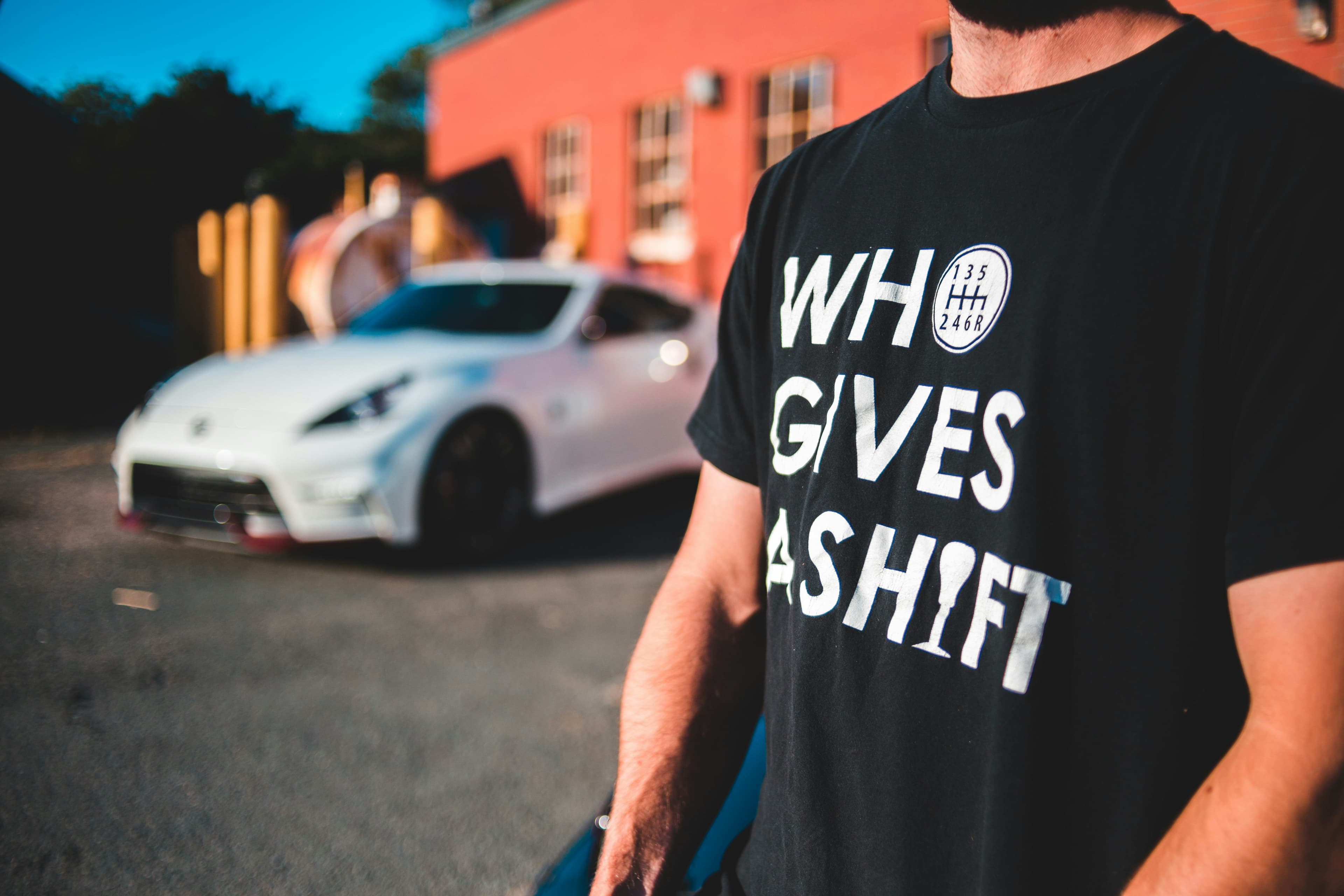Why Your Side Hustle's Social Media Isn't Working

I still remember this old TV commercial for a shampoo where a woman tells two friends, who then tell two more friends, and so on. It was the original vision of viral, word-of-mouth marketing. That’s the promise of social media, but in reality, many of us have been led astray.
So many entrepreneurs, especially when first trying to figure out their , dive into social media without a clear goal. They get caught up chasing vanity metrics like “likes” and forget the platform's original purpose. If there’s one area where you need to drop all your preconceptions, it’s social media.
Its power to connect with people is undeniable, which is why business owners flock to it. But here’s the core issue: social media was built for people, not for companies. My friend Jason McDonald put it perfectly when he said, “Think of social media as a party.”
At a party, people are mingling, sharing stories, and just enjoying themselves. If you show up and immediately start pitching your product, you’ll be ignored. People don’t go to parties to be sold to. There's a time and place for promotion, but a constant sales pitch feels out of place. This is a tough lesson for anyone , as time is limited and you want direct results. But building trust comes first. Instead of broadcasting, try interacting. Enjoy the party, engage with what others are posting, and become a part of the community.
The Algorithm Isn't Your Enemy
Many creators are obsessed with “hacking” the algorithm to go viral, thinking that one big hit will lead to a flood of sales. But the truth is, people make content viral, not algorithms. An algorithm’s job is simple: show people content that will keep them on the app longer.
It’s not trying to hide your content; it’s actively looking for the right audience to show it to. Your job is to give it clues. The key is to treat the algorithm like a partner. Some people think a massive follower count will signal to the algorithm that their content is important. This leads to mistakes like follower-buying or shady giveaways. I once had a client who did an iPad giveaway and gained thousands of followers overnight. The problem? These new “fans” only cared about the free iPad, not the business.
When the client posted content, their new, irrelevant followers didn't engage. This told the algorithm their posts were duds, so it stopped showing them to anyone. Buying followers has the same effect. Luckily, on platforms like or Instagram, the algorithm is getting smarter, focusing more on the quality of your content rather than just your follower count.
Consistency and Knowing the Platform
Beyond quality, the algorithm craves consistency. When you consistently post about similar topics, it learns exactly who to show your content to. If you run a cloth diaper company but start posting daily pictures of your new puppy, you confuse both your audience and the algorithm. Engagement might drop, or worse, the algorithm might start showing your diaper posts to puppy lovers.
Consistency also applies to your schedule. The advice to “post every day” isn’t a universal rule. If you can only manage one high-quality post every Tuesday, do that. It’s better to be consistent with one great post a week than to burn out trying to post mediocre content daily. This is a critical strategy for any or founder to remember.
It's also essential to understand that each platform is a different kind of party. Dr. Brian Boxer Wachler, an eye surgeon, built a huge following on TikTok by tapping into the “cap” vs. “no cap” trend to debunk health misinformation. He understood the platform's language. A strategy won't work on Instagram, which is more visual and Reels-focused, or on Reddit, where users are anonymous and hate promotional content. Pinterest is more like a search engine where users look for information, not a conversation. Treating them all the same is a recipe for failure.
Community and Experimentation are Key
Trying to break through alone as a business is tough. A much easier path is collaboration. Leverage the voices of your customers, fans, and partners. This is the heart of modern influencer marketing—not just paying someone with millions of followers, but finding true advocates who align with your values. Getting others to talk about your brand at the party is how you scale word-of-mouth.
To figure out what to post, you first need to become a consumer. Create a dummy account on the platform you want to master. Use it only to follow and engage with the kind of content your target audience would. Search your keywords and see what’s popular. Let the algorithm feed you what works. This research gives you invaluable insight into what resonates before you even create your first post.
Finally, treat your content strategy like an experiment. Some posts will perform well, and others will flop. That’s okay. Every post is a data point, not a reflection of your brand's worth. Don’t get locked into a rigid, month-long content calendar. Social media moves fast. If a post takes off, you need the flexibility to lean into that conversation and adapt your plan. This experimental mindset is crucial for growing and eventually turning a employment.








